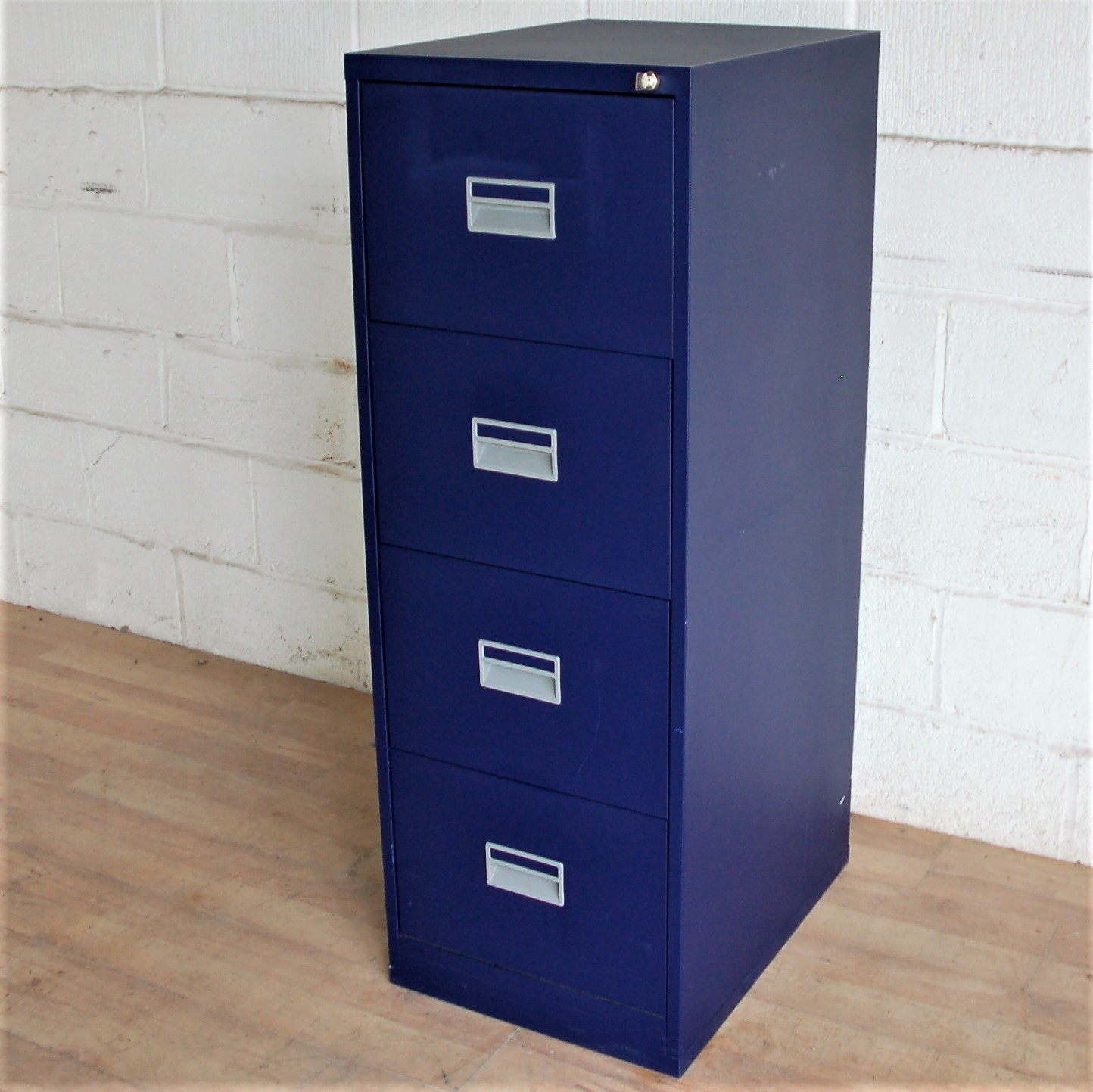Modern Steel Cabinet Design in Office and Home Spaces

Steel cabinet design has evolved from being purely utilitarian to becoming an essential component of modern interior dcor, particularly in office environments and increasingly in home settings as well. The durability, security, and aesthetic flexibility of steel cabinets make them a preferred storage solution across various industries and household applications. As design trends shift toward minimalism and functionality, steel cabinets are being reimagined to offer sleek lines, enhanced ergonomics, and innovative layouts that cater to contemporary needs. With steel cabinet design now playing a dual role of utility and style, users no longer have to choose between function and form. Whether its a corporate setting demanding durability or a home office looking for a sleek and organized feel, the demand for smartly designed steel cabinets continues to grow.
Why Steel Cabinet Design Matters in Todays Interiors
The significance of steel cabinet design lies in its ability to merge practicality with visual appeal. Modern users expect their office or home furniture to be more than just a storage unitthey want something that complements the space, reflects professionalism, and remains easy to maintain. Steel cabinets meet these expectations with ease. Their clean surfaces, typically powder-coated for longevity and aesthetics, offer resistance to corrosion and wear, making them ideal for high-traffic areas. More than that, advancements in manufacturing have allowed steel cabinets to feature smooth-edge finishes, soft-close doors, adjustable shelving, and customizable color options that add value beyond their conventional utility. As more businesses invest in creating visually pleasant yet functional workplaces, steel cabinet design has become a cornerstone in the planning of modern interiors.
Versatility Across Various Work Environments
One of the strongest attributes of steel cabinet design is its adaptability across various professional settings. From medical offices and educational institutions to warehouses and IT departments, steel cabinets are customized to meet unique organizational needs. In medical environments, for instance, hygienic storage is a priority. Steel cabinets are easy to sanitize and comply with sterile environment requirements. In schools, they serve as secure lockers or filing systems for teachers. In IT departments, modular steel cabinets provide controlled environments for sensitive hardware components. The key lies in the flexible configurationsmultiple shelving options, secure locking mechanisms, and even mobility-enhancing wheels. Such features make steel cabinets a staple in both static and dynamic work environments, offering the flexibility to evolve with workplace demands.
Features That Define Contemporary Steel Cabinet Design
Contemporary steel cabinet design is marked by a range of features that enhance its performance and aesthetic value. These features include soft-close drawers, concealed hinges, modular compartments, and integrated cable management systems. Many modern designs are built with sustainability in mind, using recycled steel and eco-friendly coatings. Anti-tip mechanisms, digital lock systems, and fire-resistant materials are also being incorporated to enhance safety and compliance. Colors are no longer limited to the industrial greys; modern palettes include whites, blacks, pastels, and even custom color matching to suit branding or interior design themes. Steel cabinet design today is highly responsive to the needs of its users, providing ease of access, optimized space utilization, and long-term durability. These features not only improve day-to-day functionality but also contribute to a clutter-free, organized environment.
Integration with Office Ergonomics and Aesthetics
Modern workplaces are increasingly being designed with employee comfort and productivity in mind. Steel cabinet design plays a vital role in this shift by promoting better office ergonomics and visual harmony. Properly placed cabinets reduce unnecessary movement, minimize back strain, and help keep desktops clean. Vertical steel cabinets optimize wall space, while lateral ones provide easy access at arms level. Integration with office desks and partition walls creates a seamless layout that promotes efficiency. Additionally, steel cabinets can serve as multifunctional elementsfor instance, doubling as room dividers or printer stands. The sleek finish and customization options allow them to blend in or stand out as design elements, depending on the intended look of the space. Their contribution to a tidy, efficient, and visually appealing workspace cannot be understated.
Steel Cabinets in Home Office and Residential Use
With the growing trend of remote work, steel cabinet design has found its place in residential settings as well. Home offices benefit immensely from the functionality of steel storage units, particularly those that maintain a minimalist and modern appearance. Compact steel cabinets are being used to organize files, store office supplies, or even function as side tables. For residential use, designs often incorporate softer colors and smaller dimensions to blend with home interiors. Steel cabinets are also gaining popularity in kitchens, garages, and utility rooms where durability and moisture resistance are valued. Their clean lines and robust nature make them ideal for long-term storage without compromising on aesthetics. As homes become multi-functional, the demand for high-quality, well-designed steel cabinets continues to expand.
Long-Term Value and Low Maintenance Benefits
Investing in high-quality steel cabinet design ensures long-term value with minimal maintenance. Steel cabinets are resistant to termites, warping, and general wear and tearmaking them a cost-effective solution over the years. Unlike wooden cabinets that may need regular polishing or repairs, steel cabinets only require occasional cleaning and simple upkeep. Their ability to withstand harsh environments, including humidity and heat, makes them suitable for a wide range of applications. Furthermore, the resale and recycling potential of steel make them a sustainable choice for eco-conscious consumers. Their durability also means fewer replacements, which leads to savings in the long run. From a maintenance and economic standpoint, steel cabinets clearly outperform most other storage options.
Conclusion: Choosing Steel Cabinet Design for Function and Style
In conclusion, steel cabinet design is no longer just about metal boxes used for storing files. It has become a symbol of organized, efficient, and modern livingboth in commercial and residential environments. The versatility, durability, and design flexibility of steel cabinets make them the ideal choice for todays dynamic needs. Whether you are revamping your office space or upgrading your home storage, investing in a thoughtfully designed steel cabinet offers functional elegance and long-lasting utility. For those seeking quality, dependability, and style, the innovations in steel cabinet design truly deliver on all fronts. If you're exploring top-quality furniture solutions, Office furniture offers excellent selections that combine sleek design with practical use to meet all your workspace requirements.
































